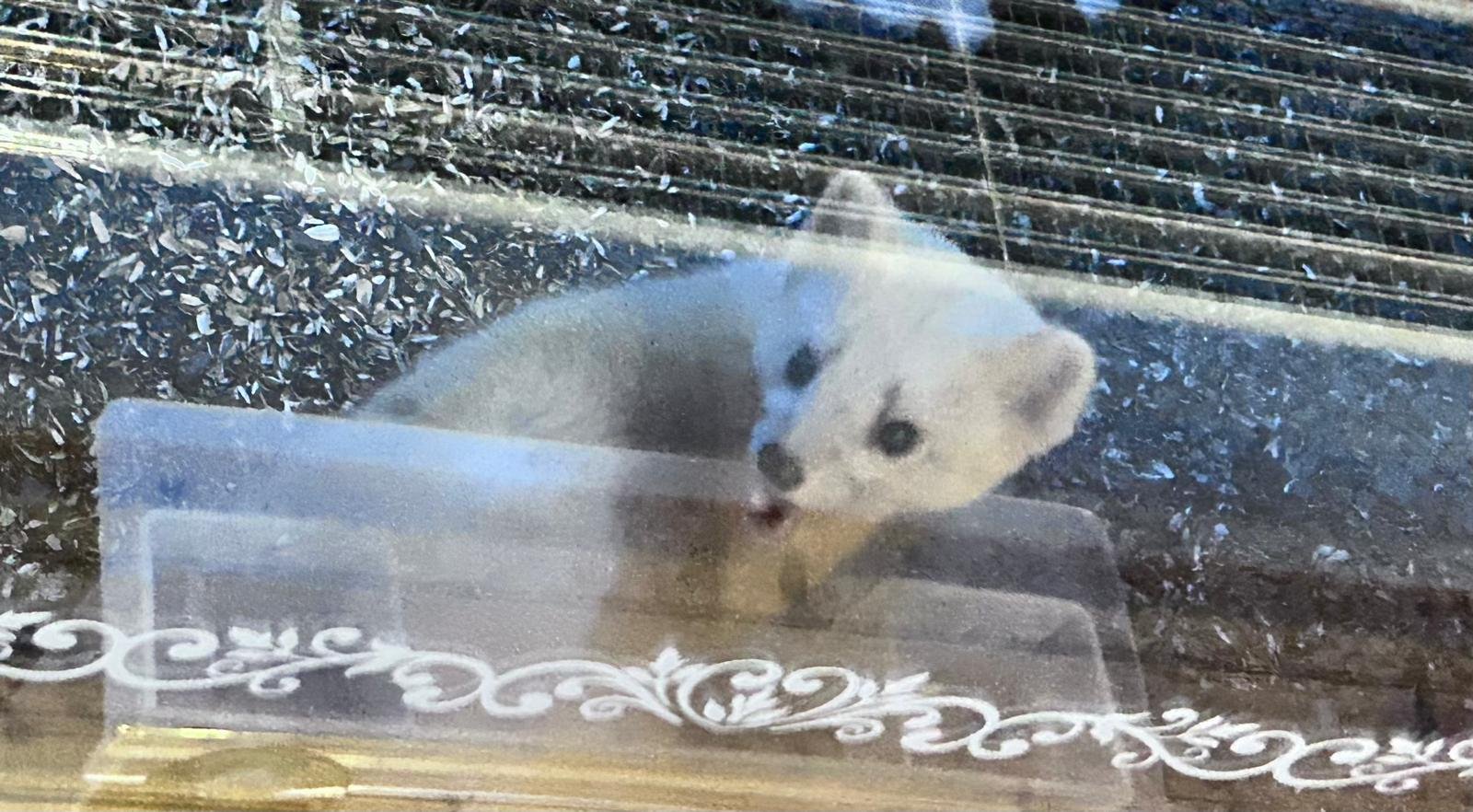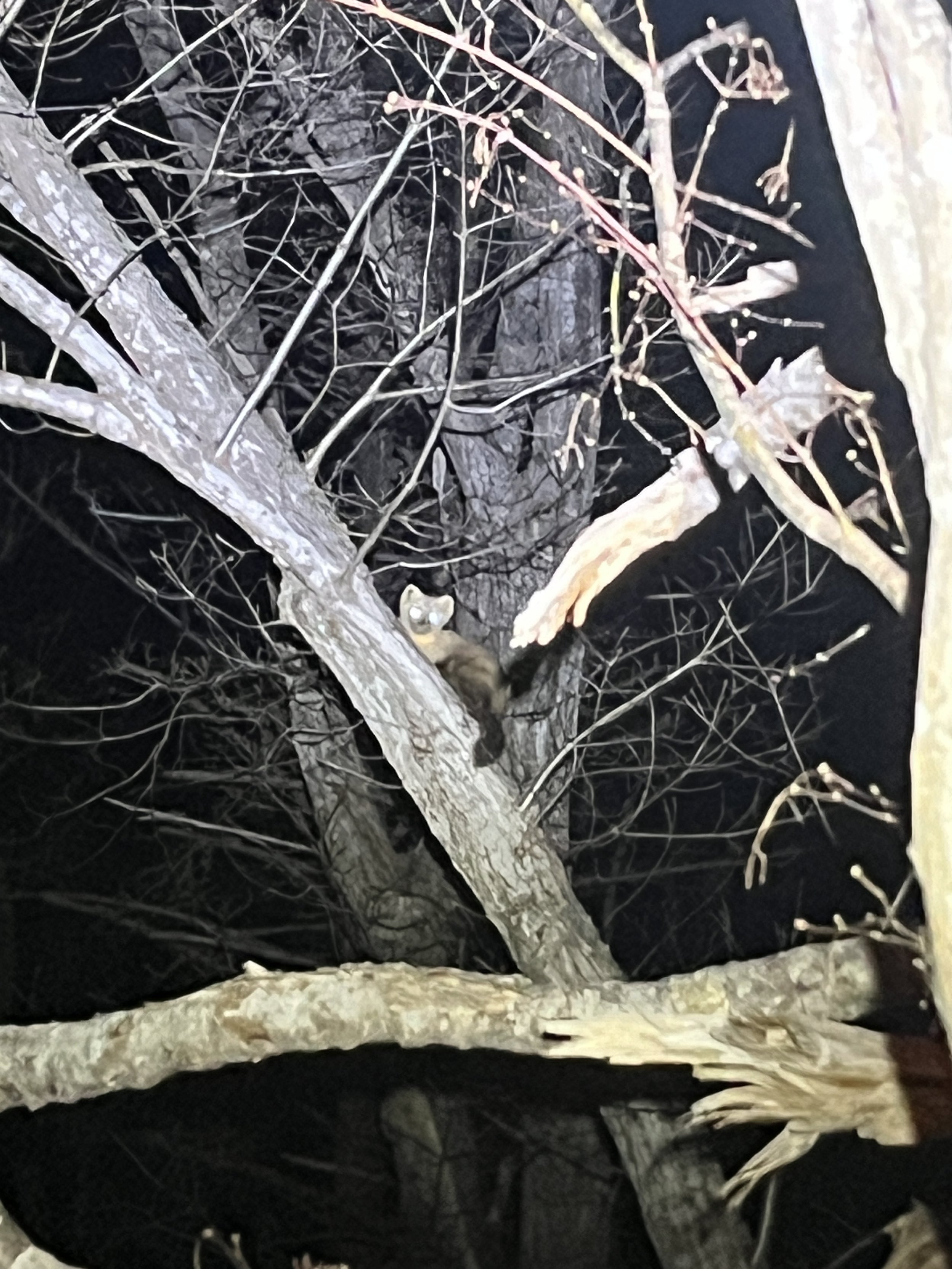TL;DR Please sign this petition advocating for Nilou’s release.
The end of January marked FIVE YEARS that my friend Niloufar Bayani has been imprisoned in Iran. She was part of a group that were wrongfully convicted of spying for using camera traps to try to survey Persian cheetahs, which are critically endangered and found only in Iran.
To mark this horrid anniversary, I co-authored an opinion piece with some of our mutual friends advocating for her immediate release. The letter is here. I have also reproduced the text of the letter below.
Since the letter was published there have been several developments which I would like to highlight. First, we have heard that Nilou and her coworkers were to be pardoned last week but for some reason their release has been held up. I desperately hope that the Iranian government follows through with their promise.
Second, Dr. Jane Goodall has reiterated her plea for the release of Nilou and her coworkers.
Next, Nilou’s former employer the United Nations has been adding their formidable voice to highlighting the outrageousness of the fact that Nilou has spent the last FIVE YEARS in prison. They published a new statement and chaired a conference advocating for her release (and the release of her colleagues).
Finally, Karen Sudmeier, who worked with Nilou at the UN, has started a petition advocating for her release. Please, I am begging everyone reading this to sign it here.
Here is the text of the letter I co-authored:
January 24 marked the fifth anniversary of the detainment of eight Iranian scientists, among them our dear friend and McGill alumnus, Niloufar Bayani. Though the details are murky, we understand that the scientists were arrested on January 24 and 25, 2018 by the Iranian Revolutionary Guard Corps. They were accused of espionage, while performing conservation work approved by Iran’s Department of Environment. Nilou – as she is known to family and friends – and her colleagues worked for the Persian Wildlife Heritage Foundation, a non-governmental organization working towards conservation of Iran’s rare wildlife and ecosystems, including the endangered Asiatic cheetah.
We are Canadian academics who met Nilou, and each other, on a semester abroad in 2008 while studying for our undergraduate degrees at McGill University. We got to know one another during long bus rides and early morning bird walks — chatting as we searched the trees, pointing out new species. For us, Nilou stands out for her pure joy for life and scientific curiosity. Her bright smile and bounce are infectious. She is open-minded, kind-hearted, and staunchly proud of her Persian heritage. We miss her desperately and fear for her health and life.
Details about Nilou’s current circumstances come from a number of contacts and sources. We learned from a book written by a former cellmate, Kylie Moore-Gilbert, that watching birds from the prison courtyard is a favourite pastime of Nilou’s. We anxiously read any piece of news about Nilou and grasp at accounts like these, which confirm that our dear friend continues to shine brightly, despite the horrendous circumstances of her detention.
Nilou is serving a ten year sentence for the charge of “contacts with the US enemy state” based on her conservation work and a forced confession, obtained under mental and physical torture, which she vehemently retracts. Five years in, Nilou and her colleagues continue to endure Iran’s notorious Evin prison, where so many political prisoners are students and academics that it has earned the moniker ‘Evin University.’ Letters boldly leaked by Nilou mirror former detainees’ accounts of the prison’s abusive conditions – she details extreme mistreatment including an eight-month stay in solitary confinement, 1,200 hours of interrogation, and threats of physical torture, execution and sexual assault.
To understand why Nilou remains in prison, it is vital to consider what she and her conservation colleagues were doing to help save the critically endangered Asiatic cheetah. Found solely in Iran, there are fewer than 100 known individuals of this subspecies remaining. Their survival is threatened by poaching, loss of habitat and prey, and human-wildlife conflict. Understanding the cheetahs’ numbers, habits and movements is an essential step to coordinating conservation efforts.
With the approval of Iran’s Department of Environment, Nilou and her fellow biologists set wildlife camera ‘traps’ to track the cheetahs’ movements. Camera-trapping has become an essential tool in conservation biology, allowing experts to view and study the behaviour of rare and elusive animals. Cameras are placed along trails in suitable habitats, taking a picture only when motion is sensed. On January 24 and 25, 2018, Nilou and her seven colleagues were detained and accused of using camera traps for the purpose of espionage. But the cameras were all in remote areas, virtually devoid of any sensitive infrastructure, settlement or other possible targets.
Imprisonment of the cheetah scientists has been widely criticized by conservation and human rights groups across the globe. Of the eight who were originally detained, seven remain in prison; sadly, Iranian-Canadian Professor Kavous Seyed-Emami died under suspicious circumstances, while in the custody of the Iranian Revolutionary Guard Corps. We are terrified that the same fate might befall Nilou and her colleagues as the Islamic Republic of Iran intensifies execution of political prisoners. When Nilou was first convicted, we had hoped that some kind of prisoner exchange might be possible, but, as an Iranian citizen detained in her own country, she lacks an international passport as leverage.
Five years of unlawful detainment is a long time, almost unfathomable for us as we write comfortably from our homes. The injustice of Nilou’s imprisonment weighs heavy – in those five years, some of us have had children, undertaken and defended graduate work, and started careers. Who would have imagined Nilou’s past five years marked instead by her efforts to resist and expose the Iranian regime? She has leaked information about the torture and unlawful interrogation techniques used by her captors. She stood up during her sham court sentencing to denounce the testimony used against her as having been coerced. For her continued outspoken truth telling, Nilou has been named one of BBC’s 100 most inspiring and influential women of 2022.
Unfortunately, the story of our friend Nilou is not unique. She is one of many women and men unlawfully imprisoned in Iran, and their numbers are increasing rapidly. We write in solidarity with all Iranians who are unjustly imprisoned and those who continue to speak out about violence and oppression by the state of Iran. We condemn the escalation of violence against the people of Iran, who are calling for governmental reform in favour of freedom of thought and expression. Finally, on this fifth anniversary of Niloufar Bayani’s imprisonment, we join Canadian Members of Parliament to call for her immediate release, along with her Persian Wildlife Heritage Foundation colleagues and all others unjustly detained. We urge you to follow the unfolding women-led revolution and take action in support of freedom for Nilou and freedom for the people of Iran.
Text from Five Years Later, McGill Alum Niloufar Bayani Remains Detained in Iran - The McGill Daily, copied 2023/02/15







